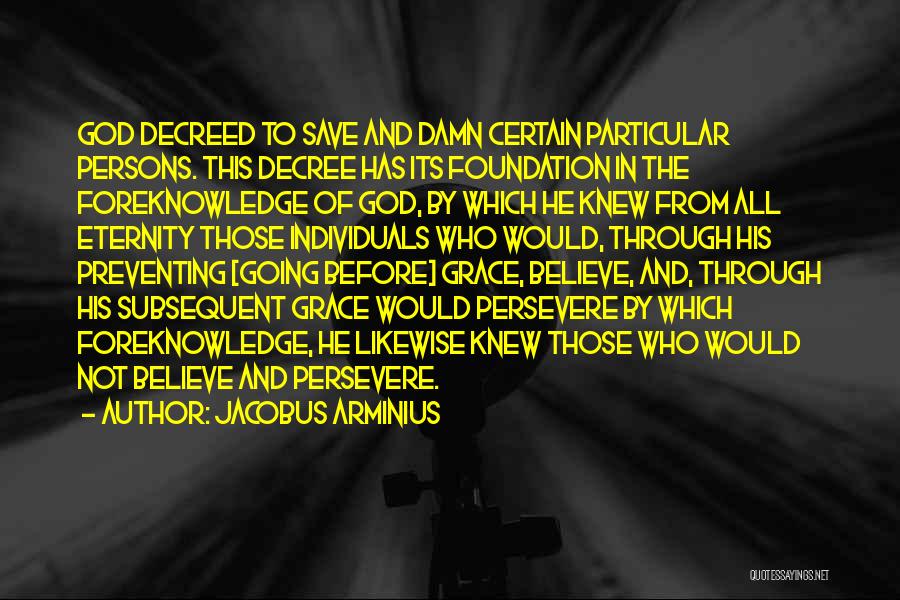

Because of their methodical regimen, they were soon labeled “Methodists,” though some detractors went as far as to call them “Bible moths” or “Bible bigots.” Some critics even claimed that the untimely death of William Morgan, a member of the club, was caused by the frequent fasts of the Holy Club members. Furthermore, the group engaged in simple living, giving what they could to the poor, and ministering to prisoners. Soon John joined the Oxford Holy Club in their pious living, which included regular fasting, partaking of the Lord’s Supper, scripture study, prayer, and holy conversation. However, the Wesleys did not seek to create a separate church but hoped to create a society within the Church of England that would promote true Christianity. Although most of the students at Oxford were technically Christians, the Wesleys did not believe many of them behaved as real Christians. Concerned about the religious state of the college, Charles and a small group of like-minded individuals started what became known as the Oxford Holy Club. This factor is demonstrated in Methodism’s beginnings, which took place when John Wesley’s younger brother, Charles, began attending Oxford. The idea of being a real Christian rather than a nominal Christian became the essence of Wesley’s movement. Wesley found some suggestions of these writers to be overly gloomy and austere, but he nevertheless became convinced that obedience to God’s law, “inward and outward” as Wesley put it, was essential to being a “real Christian.” Law, a contemporary of Wesley’s, argued that one should strive for perfection in obedience to God’s law and set aside all frivolity as a diversion from this important task.

This program was best laid out by the medieval mystic Thomas à Kempis in his classic work The Imitation of Christ, but the works of Anglicans Jeremy Taylor and particularly William Law further ingrained such notions in Wesley. These writers rigorously focused on devoting every minute of their lives to God through stringent scheduling and personal devotion. Through this study, Wesley discovered a number of Catholic and Anglican writers who were a part of what is called the holy living tradition.

Because of his mother’s example and encouragement, Wesley began training to become an Anglican clergyman at Oxford. He was raised by a devout mother whose discipline and devotion provided the seedbed for these important characteristics of Methodism. Methodism’s influence in the Restored Church is extensive the following is an attempt to give a summary of Wesley’s achievements.īorn June 17, 1703, to Anglican rector Samuel Wesley and his wife, Susanna, John Wesley grew up in Epworth, Lincolnshire, England. Thus Wesley infused Anglo-American culture with a religiosity that was receptive to the Restoration. Indeed, Wesley laid a major part of the groundwork for the Restoration by promoting essentially correct doctrine, encouraging religious zeal at a time when it was waning, and suggesting that the divine could play an active role in the lives of individuals in the midst of Protestant formalism and Enlightenment skepticism. Nevertheless, it was Wesley whom Woodruff ordained with Columbus and Franklin. Members of the Church tend to credit the leaders of the Protestant Reformation, particularly Martin Luther, for playing the primary religious role in setting the stage for the Restoration. If we designate Columbus’s, Franklin’s, and Wesley’s contributions to the Restoration according to their major achievements, then Columbus’s achievement would be geographical (finding the New World), Franklin’s would be political (helping to found the United States), and Wesley’s would be religious (founding Methodism). Woodruff recalled that the signers said, “We laid the foundation of the government you now enjoy,” implying that their work played an important role in the Restoration of the gospel the special distinction granted to Columbus, Franklin, and Wesley suggests that they perhaps played a particularly important role.Ĭhurch members frequently cite the contributions of the Founding Fathers and Columbus to the Restoration, but much less has been said of Wesley. In what is often considered an addendum to the story, Woodruff set apart three of the individuals-Christopher Columbus, Benjamin Franklin, and John Wesley-as high priests without explaining why in his journals. Woodruff quickly began this task in addition, he performed the temple ordinances for a number of other prominent historical figures. In August 1877 the signers of the Declaration of Independence visited President Wilford Woodruff, asking for their temple work to be done.


 0 kommentar(er)
0 kommentar(er)
